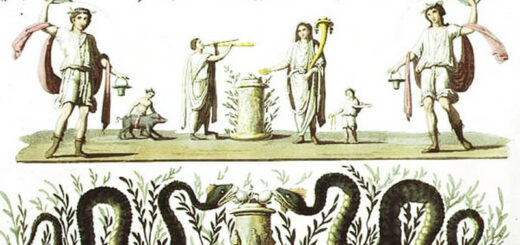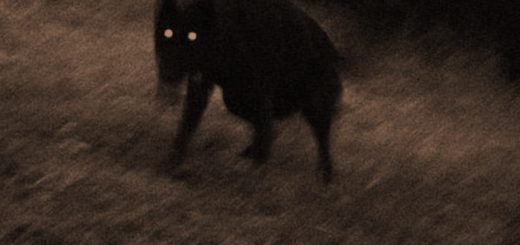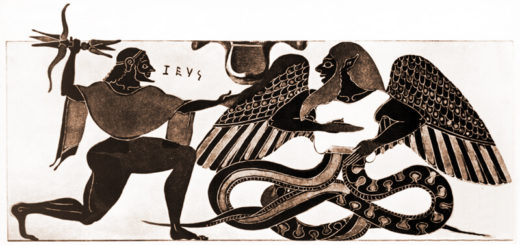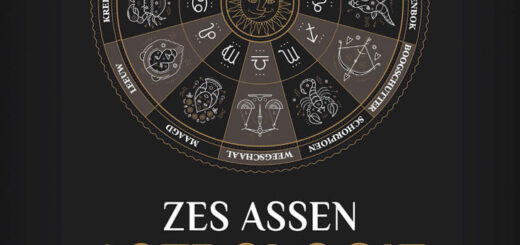Black Cat Superstitions
The folklore surrounding black cats, varies from culture to culture. In Great Britain, black cats are seen as lucky. The Scottish believe that a strange black cat entering your home, signifies prosperity.
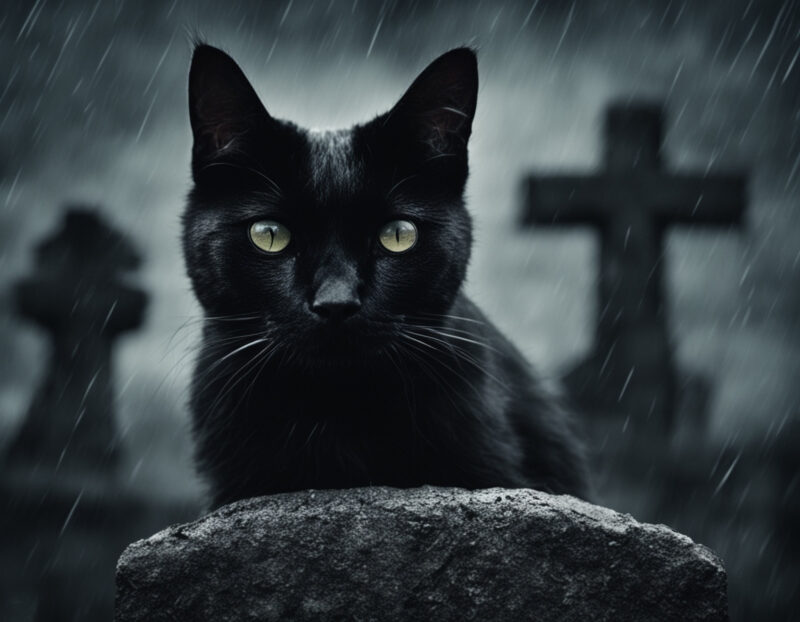
The black cat was often regarded as a witch familiar
Cat Sìth, the soul taker
In Celtic mythology, a phantom cat known as the Cat Sìth takes the form of a black cat. The people of the Scottish Highlands did not trust it. They believed that it could steal a person’s soul before it was claimed by the Gods by passing over a corpse before burial; therefore watches called the Feill Fadalach (Late Wake) were performed night and day to keep the Cat Sìth away from a corpse before burial.
Methods of “distraction” such as games of leaping and wrestling, catnip, riddles, and music would be employed to keep the Cat Sìth away from the room in which the corpse lay. In addition, there were no fires where the body lay, as it was legend that the Cat Sìth was attracted to the warmth.
On Samhain, it was believed that a Cat Sìth would bless any house that left a saucer of milk out for it to drink, but those houses that did not let out a saucer of milk would be cursed into having all of their cows’ milk dry.
Crossing your path
Black cats are also considered good luck in Japan. Furthermore, it is believed that a lady who owns a black cat will have many suitors. However in Western history, black cats have often been looked upon as a symbol of evil omens.
They specifically were suspected of being the familiars of witches, and so most of western and southern Europe considers the black cat a symbol of bad luck, especially if one crosses paths with a person, which is believed to be an omen of misfortune and death.
In Germany, some believe that black cats crossing a person’s path from right to left, is a bad omen. But from left to right, the cat is granting favorable times.

the Black Cat
Black cats and witch hunt hysteria
During the Middle Ages alley cats were often fed by poor lonely old ladies. When the witch hysteria struck Europe and many of these homeless women were accused of practicing black magic, their cat companions (especially black ones) were deemed guilty of witchery by association.
Many societies in the late Middle Ages attempted to drive black cats into extinction. As the witch scare mounted to paranoia, many innocent women and their harmless pets were burned at the stake. A baby born with eyes too bright, a face too canny, a personality too precocious, was sacrificed for fear it was host to a spirit that would in time become a witch by day, a black cat by night.
In France, thousands of cats were burned monthly until King Louis XIII, in the 1630s, halted the shameful practice. Given the number of centuries in which black cats were slaughtered throughout Europe, it is surprising that the gene for the colour black was not deleted from the species.
Given the number of centuries in which black cats were slaughtered throughout Europe, it is surprising that the gene for the colour black was not deleted from the species.
Lucifer’s revenge
This killing of cats had the unintended consequence of increasing the rat population and the spread of the Black Death (bubonic plague) and other diseases carried by rodents. There is no evidence from England of regular large-scale massacres of “satanic” cats, or of burning them in midsummer bonfires, as sometimes occurred in Europe.
In occult esoteric teachings the black cat is a “Gestalt” of Lucifer, the deity of pure life force and will, symbolizing the manifested or earthed power of the Solar God who is traditionally associated with the lion. One very interesting fact about cats in general is that they can survive all over our planet. Research on “left behind cats” showed, this includes even the Antarctic and other hostile regions, suggesting their nine lives myth has a firm base.
Black cats, sailors and Egyptians
Sailors considering a “ship’s cat”, would choose a black one because it would bring good luck. Sometimes, fishermen’s wives would keep black cats at home too, in the hope that they would be able to use their influence to protect their husbands at sea. The view of black cats being favorable creatures is attributed specifically to the Egyptian goddess Bast (or Bastet), the cat goddess.
All cats, including black ones, were held in high esteem among the ancient Egyptians and protected by law from injury and death. Cat idolatry was so strong, that a pet’s death was mourned by the entire family. Entire cat cemeteries have been unearthed by archaeologists, with mummified black cats commonplace. ♦
You may also like to read:
Witches ointment
Why did Witches Want to Ride their Broomsticks?
The incubus or succubus – nightmare or astral sex date?
Hecate – The Calling of the Crossroad Goddess
The Ancient Witch-Cult of The Basques
Walpurgis Night
Stefan Eggeler: Walpurgis Night witches, Kokain (Cocaine) and other illustrations
Witchcraft paintings – Dutch 17th century
Rosaleen Norton, Daughter of Pan
Mysteries of the Ancient Oaks
The Mystical Mandrake
Little Secrets of the Poppy
Datura stramonium or jimson weed or zombi-cucumber
Mountain spirits
Wild Man or Woodwose
Sprite
Claude Gillot’s witches’ sabbat drawings
VAMzzz Publishing book:
Etruscan Magic & Occult Remedies by Charles Godfrey Leland was first published as Etruscan Roman Remains in Popular Tradition, in 1892. Part One of the book offers a complete and detailed insight in the Etruscan and Roman rooted pantheon of the Tuscan Streghe (witches). Part Two describes many of their spells, incantations, sorcery and several lost divination methods.
Leland found himself at the crossroads of the academic and the romantic and it is precisely this, which makes the reading of his work so enjoyable. His primary aim was to preserve this ancient traditional knowledge, as he feared, it would soon be wiped out by modernism. Much information in this book, Leland received first hand from the Tuscan witches Maddalena and Marietta.
His second work on Stregheria: Aradia, or the Gospel of the Witches was published seven years later in 1899. One could state he reached his goal, as his books are still of invaluable importance to both the Italian folklore and the modern practitioner of witchcraft. One of Leland’s readers was the late Gerald Gardner, which makes one wonder who was the true godfather of modern witchcraft… VAMzzz Publishing added an index of ancient Etruscan gods and spirits in this special revised edition.
Etruscan Magic & Occult Remedies
by Charles Godfrey Leland
English
ISBN 9789492355003
Paperback, book size 148 x 210 mm
628 pages




